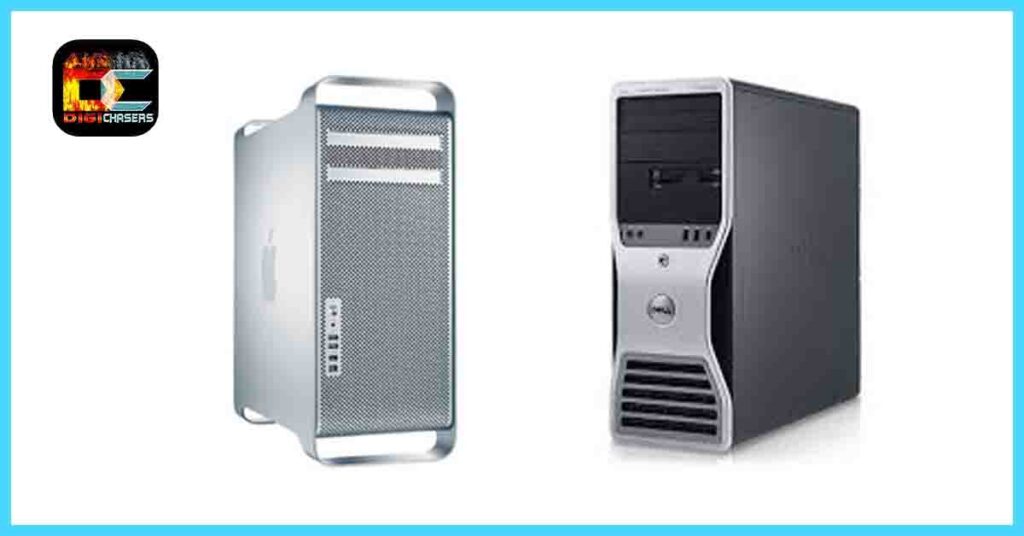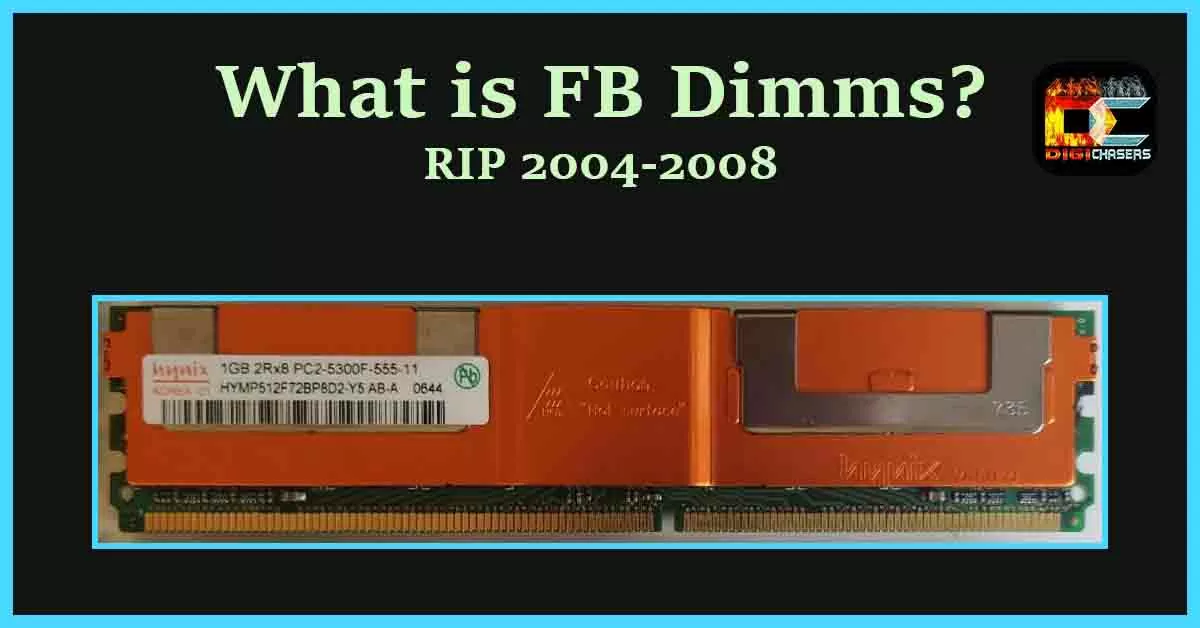FB Dimms means Fully buffered DIMM. FB Dimms was first heard of when In April of 2004, Intel proposed the Fully Buffered DIMM (FB-DIMM). This technology could be seen in some computers or simply motherboards manufactured in 2004-2008.
FB Dimms was special because “Rather than communicating with memory devices over wide, parallel, multi-drop buses, in the Fully Buffered architecture an advanced buffer is added to each DIMM, and the memory controller communicates with the buffers through a daisy chained, narrow , point-to-point, more serial interface.“
Failed technology?
The last time we heard about this technology was in 2008 when Elpida Memory, Inc. based in Japan announced that it is going to launch a 16-gigabyte Fully Buffered DIMM (FB-DIMM), the world’s largest capacity. It is based on its own unique integrated packaging technology (stacked FBGA or sFBGA) with 2-gigabit DDR2 SDRAM. Elpida has achieved the development of FB-DIMM products that feature an ultra-thin thickness of 7.7mm.
Elpida Memory, Inc. never released the mentioned product and removed the articles about 16 GB DDR2 SDRAM from their website.
FB DIMMS (DDR2 FB-DIMM SDRAM) was installed in this prebuilt PC’s.

- Dell Precision T5400 (released in 2007 with 4 Fully Buffered DDR2 slots with a maximum of total 64 GB RAM) (4x8GB).
- Supermicro X6DA8-G2 Server (released in 2004 Eight 240-pin DIMM sockets Supports up to 16 GB DDR2 400MHz memory).
- Apple Mac Pro 2006 (Released in 2006 by default, it was configured with 1.0 GB of 667 MHz DDR2 ECC “fully-buffered” FB-DIMM memory). Standard had 1 GB ram, Maximum was 32 GB.
- Dell Precision 690 (Released in 2006, Quad-Channel DDR2 Full Buffered DIMM Memory).
Although this technology was superior to ordinary DDR2 ram, it eventually stopped being developed and stopped being used. This may have happened due to development costs.
How to check if your PC uses FB Dimms?
Let’s start with the fact that it should be a computer made from 2004 to 2008. If you have such old technology just open the PC case and look at what RAM DIMMS are installed.
Take out the RAM stick and look for the ending, for example, if the RAM stick has and ending of F or FB (PC2-5300F) that means it is a Fully Buffered ram stick and has a different notch position compared to a regular RAM stick.
How much better FB Dimms was compared to regular Dimms?
With FB-DIMM technology it is possible to have up to eight modules per channel and up to six memory channels, so this technology increases both memory capacity and speed.
Each extra memory channel that is added to the system increases the memory subsystem transfer rate. For example, if you use a single DDR2-533 channel, the memory transfer rate will be 4,264 MB/s. If you use two DDR2-533 channels, as there are on dual channel configuration available today, the memory transfer rate will be 8,528 MB/s. With four channels, the memory transfer rate jumps to 17,056 MB/s, and so on.
Downsides of FB Dimms
This is an old, obsolete technology that you can only find in computers manufactured between 2004 and 2008. Also, FB DIMMS sticks notch is in a different place compared to regular DIMMs. This makes this technology extremely limited.
Fully Buffered DDR Memory is not compatible with registered memory, and motherboards that require fully buffered memory usually will not accept any other kind of memory.
Related articles:
- Intel System Usage Report. Heavy CPU and RAM load.
- 24GB RAM: 3x8GB or 1x16GB+1x8GB?
- Dropped RAM stick. Easy fragile?
- RAM drivers? Do you need them? Quick answer.
Conclusion
This is a dead technology that I think had a lot of potentials. But it is as it is. If you have an observation or comment, please leave it in the comment section.

